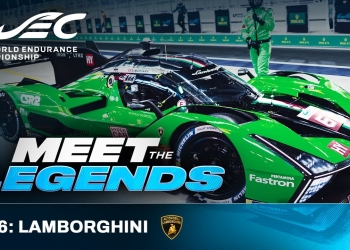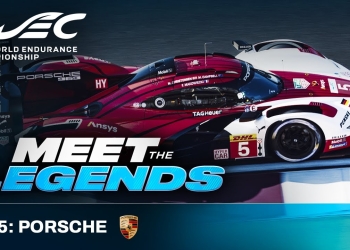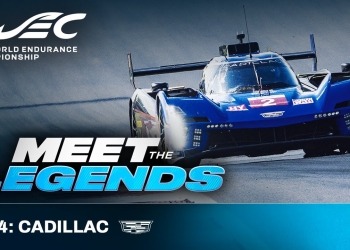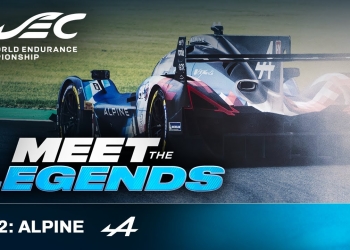Tire Strategy Set to Play Crucial Role in Bahrain WEC Season Finale
The FIA World Endurance Championship's final round at the Bahrain International Circuit presents unique challenges for teams and tire manufacturers alike. The 8-hour endurance race demands careful consideration of tire management, particularly given the circuit's distinctive characteristics and the dramatic temperature changes from day to night.
Track Characteristics and Tire Demands
The Bahrain International Circuit stands out as one of the most abrasive tracks on the FIA WEC calendar. According to Michelin's technical expert Pierre Alvis, the circuit's surface, unchanged since its inauguration in 2004, features distinctive characteristics:
"The surface is quite unique, with large stones imported from Europe, possibly the UK, creating significant abrasiveness that affects tire longevity."
Key track features affecting tire performance:
- Three long straights
- Multiple slow corners
- Heavy traction zones
- Balanced right-left energy distribution
Temperature Variations and Strategy
The race presents a significant technical challenge with track temperatures varying dramatically throughout the event:
| Time of Day | Track Temperature |
|---|---|
| 2:00 PM (Start) | ~50°C |
| 6:00 PM (Sunset) | Transitional |
| 10:00 PM (Night) | ~20°C |
Compound Selection
Michelin brings two compounds to Bahrain:
- Medium compound (Yellow sidewall)
- Hard compound (Red sidewall)
Sustainable Innovation
Michelin's commitment to sustainability is evident in their tire development:
-
Current sustainable material content:
- Slick tires: 30%
- Wet tires: 45%
-
2026 targets:
- Slick tires: 50%
- Wet tires: 65%
No-Tire Warmer Challenge
The 2024 season continues the ban on tire warmers, presenting additional challenges for drivers and teams. While initial concerns were significant during the 2023 season, teams have adapted their strategies and driving styles to manage the cold-tire starts more effectively.
"The drivers have adapted very well this year. While warm-up remains challenging, we don't hear the same level of concerns as in the past," notes Alvis.
Technical Considerations for Manufacturers
The expansion of the WEC presents unique challenges for tire manufacturers. Michelin must develop compounds that perform optimally across different vehicle designs:
- LMDh vehicles (4WD above 180 kph)
- LMH vehicles (rear-axle power delivery)
- Various manufacturer-specific characteristics
- Track-specific requirements
Click here to preview your posts with PRO themes ››
The development process involves extensive testing, both on-track and in simulations, to find the optimal compromise for all competitors while maintaining safety and performance standards.
This careful balance of performance, sustainability, and adaptability showcases the complex role tire management plays in modern endurance racing, particularly at challenging venues like the Bahrain International Circuit.









